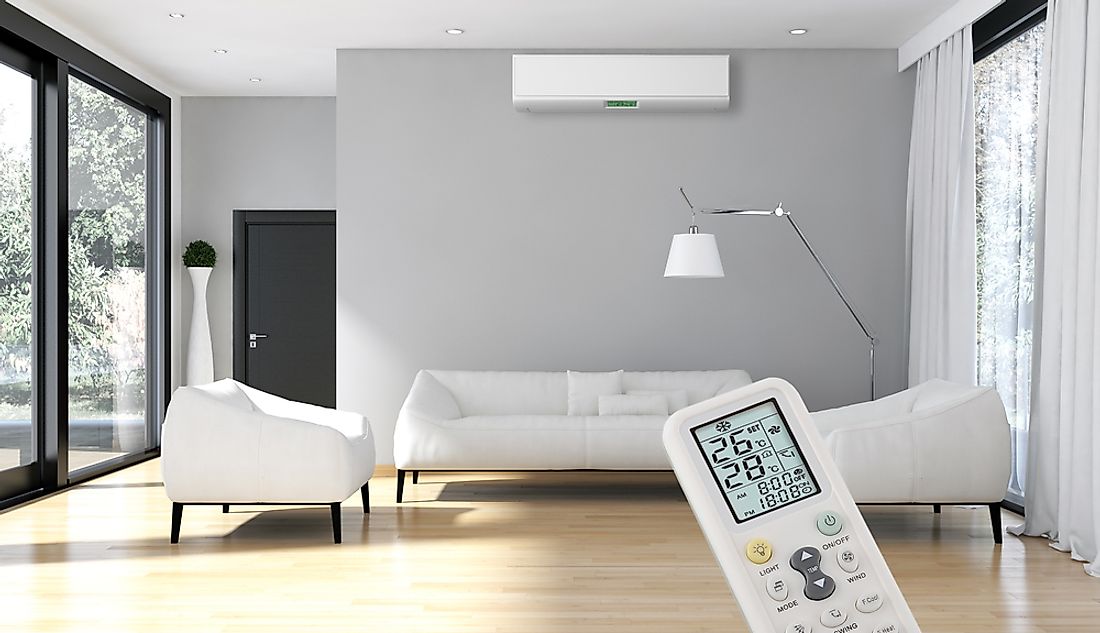Who Invented the Air Conditioner?

About three-quarters of all the homes in the US have air conditioners. Air conditioners account for approximately 6% of the electricity used in the country, costing homeowners $29 billion annually. Air conditioning is a necessary process of removing excess heat and moisture from a place in order to improve one’s comfort. The process involves the use of AC which employs the same operating system as other basic home components such as refrigerators. However, unlike the refrigerator which relies on the exterior housing or cover to insulate its cold box, the AC relies on the walls of the house or car to keep the cold air in and the hot air out. It uses a fan to distribute the cool air in an occupied space like a building or car to improve the air quality.
History of Air Conditioning
Cooling dates back to the prehistoric times when ice and snow were used as cooling agents. In the late 17th century, ice was harvested during wintered and stored for use in the summer. As technology began to advance, mechanical ice-making machines replaced ice harvesting. The concept of air conditioning was first developed in ancient Egypt. The Egyptians hanged reeds on their windows which were then moistened with water. As the water on the reed evaporated, the blowing air was cooled. In ancient Rome, walls of homes were cooled by circulating water from the aqueduct through them.
Development of Air Conditioning
The development of modern air conditioning resulted from advances made in the field of chemistry in the 19th century. The first large-scale modern air conditioning was developed in 1902 by Willis Havilland Carrier. Soon after, the air conditioning system began popping up in the theaters and stores. The term “air conditioning” was coined by Stuart W Cramer in 1906 when he was exploring for means of adding moisture to the air in his textile mill. The first private home to install air conditioning was constructed 1914 in Minneapolis. It was owned by Charles Gates. The portable, in-window air conditioner was invented in 1945 by Robert Sherman.
Uses of Air Conditioning around the World
The use and application of air conditioning are broadly divided into two; comfort and process. The objective of both applications is to control temperature, humidity, quality of air, and the air movement. Comfort application is whereby the AC is used to provide a constant building indoor environment despite the changes in weather and external conditions. Since the speed of wind increases with an increase in altitude, making it difficult for tall buildings to maintain natural ventilation, air conditioning ensures this is achieved. In the US, about 88% of single-family houses constructed in 2011 have air conditioning with most of the homes in the south. In Canada, about 55% of the homes have installed air conditioning systems with most homes in Manitoba and Ontario.
In process application, the aim of the AC is to provide an environment that is a suitable process being undertaken regardless of the internal and external environment. The process needs and procedure determine the condition required and not the people carrying out the process. Some of the processes that requires air conditioning include laboratory, industrial, textile manufacturing, and mining processes.











